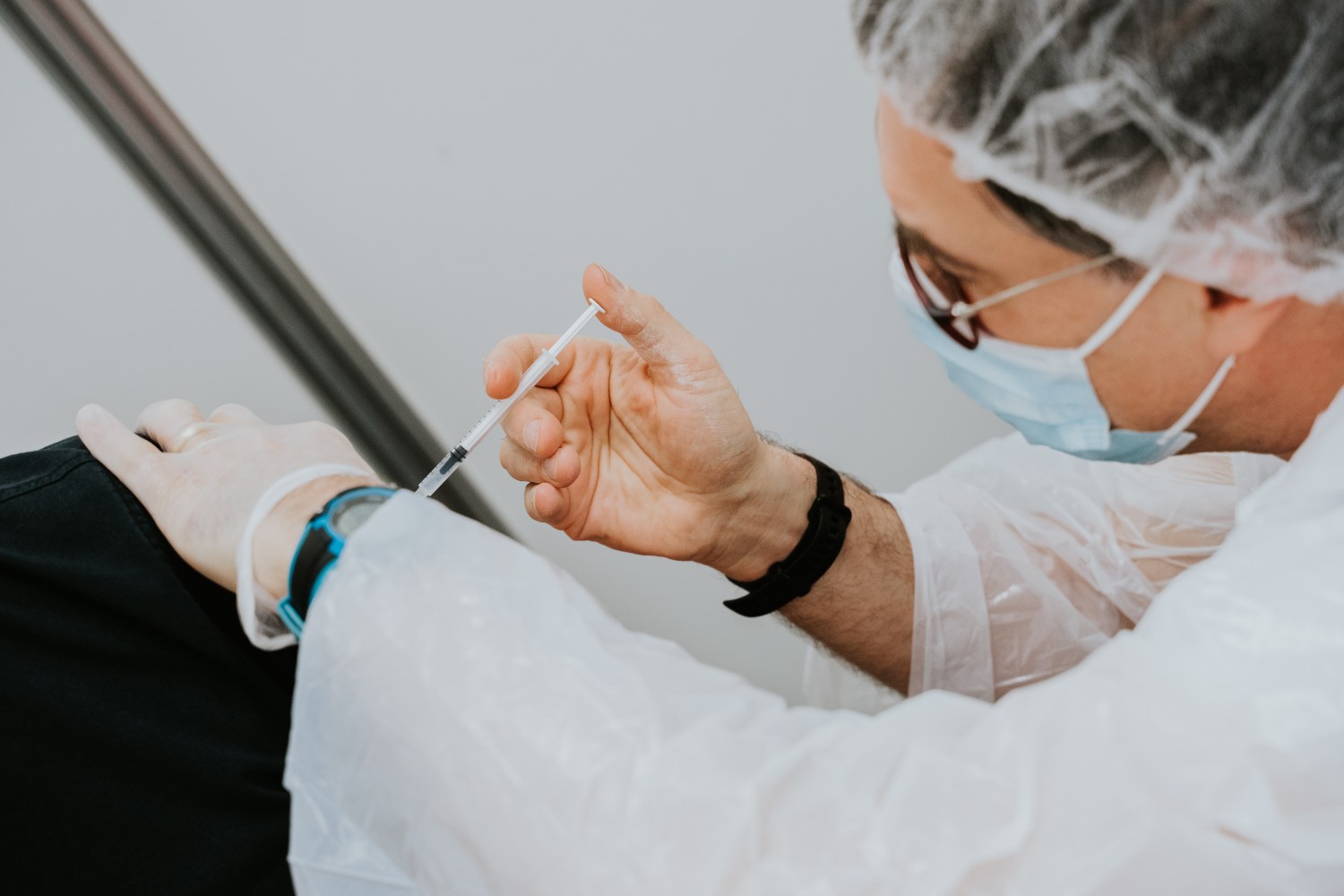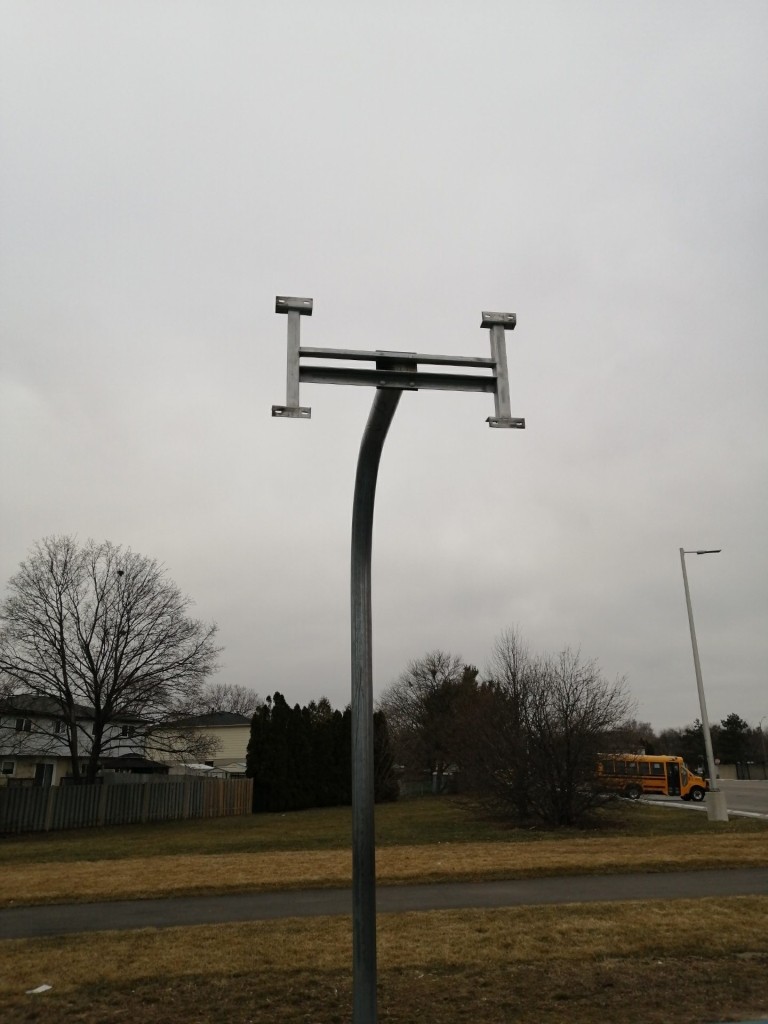
Peel residents 12 and older now getting vaccinated; Outdoor activities opening for long weekend; Province looks at reopening June 14
Veronica Gale’s 13-year-old “super-athlete” son Chase Croteau-Bell is booked to get his vaccine Monday.
The Brampton resident “ultimately left the decision” to her son, but did have a conversation about the potential side effects.
“I wanted him to make an informed decision,” she said, “I told him it’s his body, his choice.”
As inoculation ramps up in all parts of the Province, the age group is lowering. As of Thursday, Peel residents as young as 12 are now eligible to book and receive a COVID-19 vaccine dose. Gale said in her circle of friends, kids who are in sports such as her son, are going ahead and booking as soon as possible.
“They are desperate to get back to life,” Gale said.
COVID-19 has severely disrupted all parts of our daily lives. Understanding the effects on children can be hard for parents to grasp.
“I notice he doesn’t even get out of bed to do school, he just rolls out of bed and turns the laptop on,” said Gale.

Many outdoor activites have been barred as a result of COVID-19 restrictions (Photo from City of Mississauga)
Croteau-Bell isn’t the only child anticipating a normal return to school, whether it’s in June or September, as Premier Doug Ford says there is still some hesitation. Dr. David Williams, Ontario’s Chief Medical Officer of Health, has been an advocate of opening schools in June, others on the Province’s science table are not as keen. At his press conference Thursday, Ford also referenced educators, saying he would like to avoid “an injunction” from teachers’ unions.
The Province announced right before the May long weekend that golf courses and tennis courts can reopen, “helping Ontarians to safely celebrate,” said Health Minister Christine Elliott.
Ontario is set to enter into its first phase of reopening on June 14. The “roadmap” states the Province will stay in each phase for 21 days, and if all continues to go well, more restrictions will be lifted.
The first phase will see more outdoor activities, outdoor gatherings of 10 people, outdoor dining with four people and non-essential retail at 15 percent capacity. Phase one also includes religious gatherings, fitness classes and pools/splash pads. In the second phase more limitations on gatherings will be lifted including sports leagues and libraries.
Later this summer, barring a spike in infections, Ontario will lift restrictions on gyms, movie theatres, and indoor dining with capacity limits.
Today, Dr. Adalsteinn (Steini) Brown, co-chair of Ontario’s science table and dean of the Dalla Lana School of Public Health, gave an extensive forecast at Queen’s Park, joined by Dr. Williams.
To have a more “normal” looking summer, the experts said continued vaccinations and some public health measures can ensure a prolonged or hopefully permanent return to a more open society. As restrictions are lifted throughout the summer, social distancing and face coverings will continue to be a part of daily life for the foreseeable future.
Both health experts agreed a partial reopening of retail, schools and outdoor amenities on June 2 would see daily cases likely maintain at 1,000. Waiting two weeks later, at a June 16 reopening, would see daily cases across the Province as low as 500.
There was a model of a June 2 reopening of schools, which would result in a 6 to 11 percent increase in daily new cases. From the modeling Dr. Brown did, reopening everything right away would lead to cases rising rapidly again.
Dr. Adalsteinn Brown said a reopening of “just schools” June 2 would see daily cases between the yellow and green lines. (Graphic from Public Health Ontario)
While hospital ICU occupancy is decreasing, if a partial reopening happened June 2 the province would not see an intense spike according to the modelling. The estimates given by the medical experts do not take into account any new variants that might change the infection picture.
“The more we can vaccinate and the more that we can keep spread down by sticking to the basics that prevent transmission, the faster we will see the end of the pandemic,” said Dr. Brown.
He included activities that are safe to do outside like camping, basketball, tennis and singing or playing music as ways to keep spirits up as the pandemic extends toward its second summer.
Activities that can be done outdoors and can maintain physical distancing are the safest to do during the May long weekend. (Graphic from Public Health Ontario)
Even with mass vaccination clinics and a two-week period that saw a massive increase in provincial vaccination doses going to hotspots, Peel Region still has the highest weekly per capita case count. Peel, which has been the hardest hit area in Ontario throughout this pandemic, still has a much higher test positivity rate compared to the rest of the province, sitting at 12.1 percent, as of May 8. As of May 19, Ontario’s test positivity was 5.2 percent.
Between May 2 and 15 cases have dropped in Peel from over 350 to just over 250. Across Ontario this has been the trend for the majority of public health units. Spikes are seen in units in Northern Ontario, specifically the Porcupine Health Unit which covers Timmins.
Ford called upon the Federal government to close the country’s borders, saying a potential fourth wave would be the fault of the Liberals if they do not. Peel is home to Pearson International, the busiest airport in the country, and has seen 2 percent of positive cases in the past 14 days linked to travel. The vast majority of the cases have been a result of household transmission (41 percent) and community transmission (39 percent) in the area, a trend throughout most of the pandemic.
On May 20, Peel reported 445 new cases, with most in Brampton, which accounted for 59 percent of new infections. Across the region, 20 to 40 year olds still make up the largest age group currently testing positive.
Vaccine rollout across Peel continues to be a cause for hope as all those 12 and older are now eligible for vaccination. According to Peel Public Health’s weekly epidemiology update, the age group with the highest rate of at least one dose of the vaccine is 60 to 69, at 74 percent. Peel has administered 864,927 first doses and 148,102 people are fully vaccinated as of May 20.
Mississauga resident Elizabeth Mendes starting tearing up when she received her first dose of the vaccine. (Photo from Elizabeth Mendes)
Currently, the region is slightly ahead of the overall provincial vaccination rate with at least one dose administered to 59 percent of residents, compared to 57.6 percent in Ontario.
The recent vaccination rate in Peel has skyrocketed, with about 20,000 doses administered every day over the past week, compared to about 2,000 a day at the beginning of March, when Peel was receiving far below its per capita vaccination allocation. The region has had about 20 percent of the province’s cases throughout the third wave, but had only received 6.7 percent of Ontario’s vaccine allocation as of late March, despite accounting for 10.5 percent of the population.
This was turned around rapidly starting the second week of March after local politicians and Peel Public Health decried Peel’s exclusion from a pharmacy-vaccine rollout.
Last weekend Peel Public Health (PPH) advertised a program called Doses After Dark, a 32-hour mass vaccination clinic, close to Pearson Airport and the Malton GO station. With the help of increased vaccine allocation from the Province for the first two weeks of May, the clinic administered 4,939 shots. For the latter part of the month, after Peel and other hotspots received about half the doses for two weeks, Ontario is returning to a per-capita dose allocation.
In hospitals, where the number of patients has always lagged behind local infection spikes, the scenes remain dire. Peel hospitals are admitting about 16 new patients with COVID-19 a day and 92 percent of the region’s acute care beds are full; 75 percent of ICU beds are occupied and 55 percent of ventilators have been assigned.
Reopening is finally in sight. And a collective sigh of relief in Peel, for those who have experienced the brunt of the pandemic, can be released.
But medical experts warn a fourth wave will swell and crash over places like Peel if public health guidelines aren’t followed. Continued vaccinations and mask wearing, along with social distancing and other rigorous safety practices will put this pandemic in the rearview mirror.
Email: [email protected]
Twitter: taasha__15
COVID-19 is impacting all Canadians. At a time when vital public information is needed by everyone, The Pointer has taken down our paywall on all stories relating to the pandemic and those of public interest to ensure every resident of Brampton and Mississauga has access to the facts. For those who are able, we encourage you to consider a subscription. This will help us report on important public interest issues the community needs to know about now more than ever. You can register for a 30-day free trial HERE. Thereafter, The Pointer will charge $10 a month and you can cancel any time right on the website. Thank you.
Submit a correction about this story


